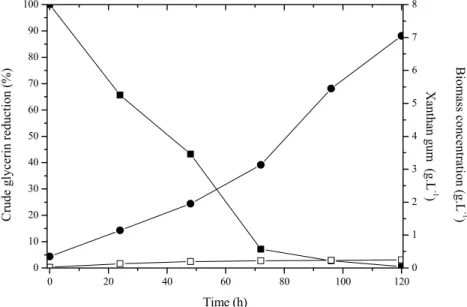Braz. J. Chem. Eng. vol.30 número4
Texto
Imagem




Documentos relacionados
urban areas adjacent to petroleum processing facilities, Fahaheel and Al-Riqa, were analyzed and compared to evaluate: (1) the exceedances of the Kuwait Environment Public
The results obtained with the nanometric TiO 2 powders show a more complex behavior than the micronic powders; with a low strength value (Hausner index, angle of repose and angle
The influence of cooking method, cooking time and temperature of cooked parenchyma during the storage period on the properties of cassava dough was observed in a preliminary study
It was established that the ratio total phenols- to- levoglucosan could be used as an indicator of the performance of alkaline solutions of bio-oil fractions (SABO) when they are
In the present work, experimental drop size distributions and hold-up have been measured in a short Kühni column (150 mm diameter and 5 stages) using the binary system
By comparing the results in Tables 1 and 2, decreases in conversion output and overall nitrogen balance can be observed when low temperatures (350 to 400 ºC) as well as
In this study, the effect of calcination temperature on dissolution kinetics of ulexite in ammonium chloride solutions was investigated in a batch reactor employing the parameters
The combination of magnetic properties of iron nanoparticles with the biocompatibility of calcium alginate suggest that these materials have potential to be used as drug